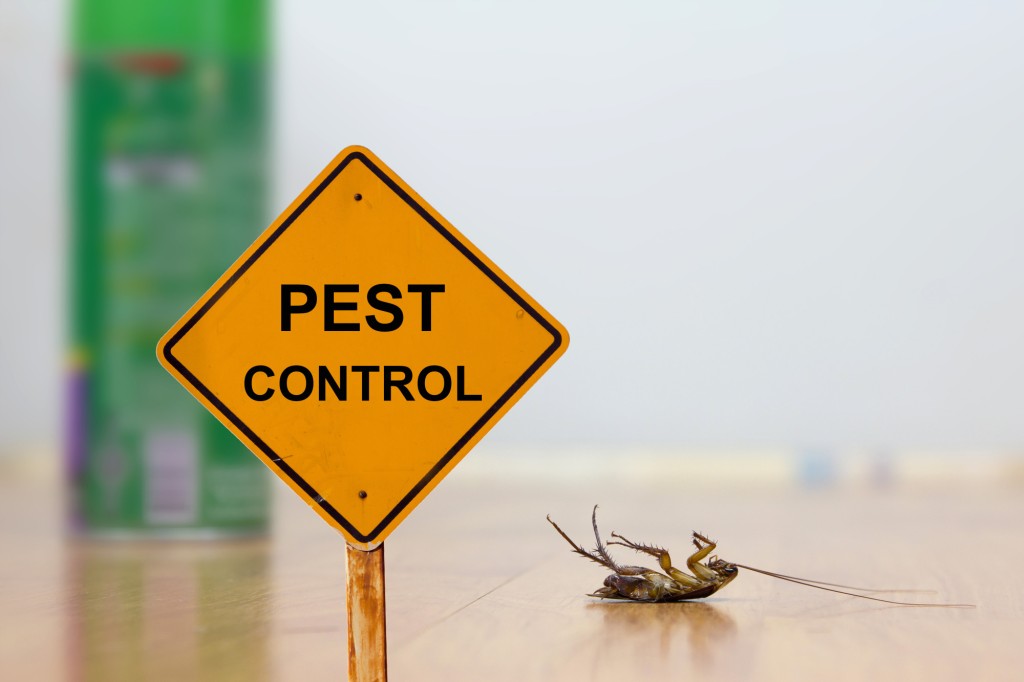
Insect control is a way of keeping undesirable insects, termites, cockroaches, spiders as well as other sorts of pets out of residences, services or any kind of type of area where they are a nuisance. These insects can be hazardous to our health, damages our property, as well as can also transmit illness like hantavirus and also leptospirosis, among others. A good edmonton pest control program is one that integrates a selection of approaches to decrease the population of your pests as well as maintain them out. This consists of chemical control, physical elimination, sterilisation as well as biological control strategies. Organic methods involve making use of living microorganisms to eliminate parasites. These approaches are commonly extra reliable than chemicals and also are more secure for people and the environment. The very first step in any kind of parasite control program is to identify the trouble. This requires a detailed analysis of the situation and also an analysis of the benefits, risks, as well as prospective unplanned repercussions of different tactics or combinations of tactics. To obtain the most effective results, the technique needs to be created based upon info concerning the particular parasite and its ecology.
Then, it should be used carefully as well as in compliance with relevant State as well as Government regulations. Natural adversaries are killers, parasites or virus that compete with as well as damage pests in the natural surroundings. They might be normally existing or imported right into a site. These pest control approaches often have many advantages, such as decreased dependence on chemicals, decreased expenses as well as much less influence on beneficial and nontarget microorganisms. They additionally help maintain biodiversity in a native environment and also protect human health, property, as well as the environment from air pollution. Use of immune selections is a critical part of any kind of parasite control program. This can be done by modifying cultural methods and also presenting brand-new ranges of plants, trees, timber or animals that are much more immune to specific bugs. It additionally helps safeguard plants from the effects of illness, fungi, germs, protozoans as well as infections that impact them.
These illness can also lower the development or reproduction of insects, as well as some might also eliminate them. Diseases are caused by bacterial, viral or fungal infections that affect the pests or the host plant. Bugs are also prone to nematodes, worm-like creatures that prey on as well as infect bugs. Various other advantageous microorganisms that share therapy sites include microbes, microorganisms and also fungi that aid control pest populaces and boost overall ecosystem health. This microorganism likewise lower the requirement for pesticides, as it can act as natural defense reaction versus insects. Integrated bug administration (IPM) is an ecosystem-based strategy to managing pests as well as their effect on agriculture, forests, and natural resources. It focuses on lessening parasite influences by balancing the demands of crops, people and also various other pets with the demands of the insects themselves. In the Northeast, several farmers and other agricultural manufacturers are effectively utilizing this method by using indigenous killers, parasitoids as well as microorganisms to damage alfalfa weevil populaces. The invasive weevil is foreign to the United States, but was introduced in the very early 20th century as well as promptly ended up being a major issue throughout the country. For more details about this topic, click here: https://en.wikipedia.org/wiki/Pest_control.
Leave a comment